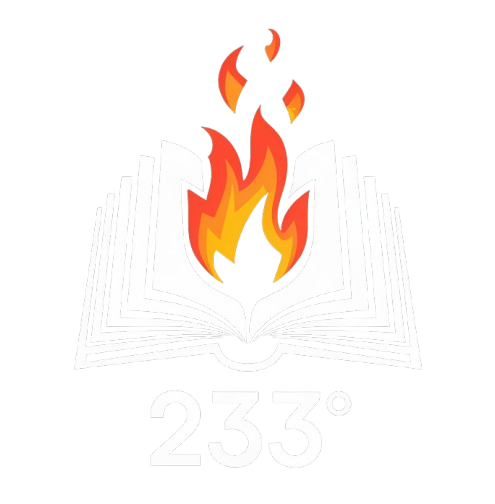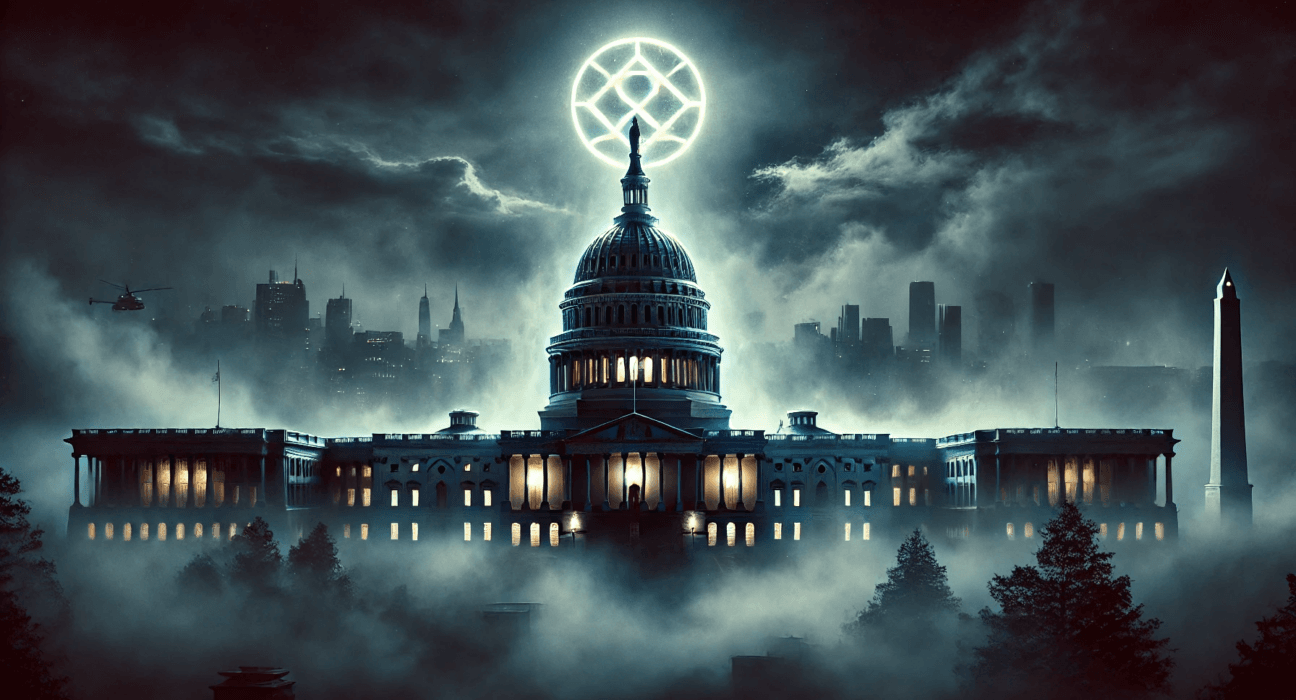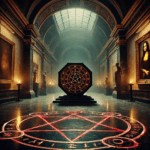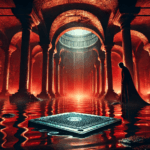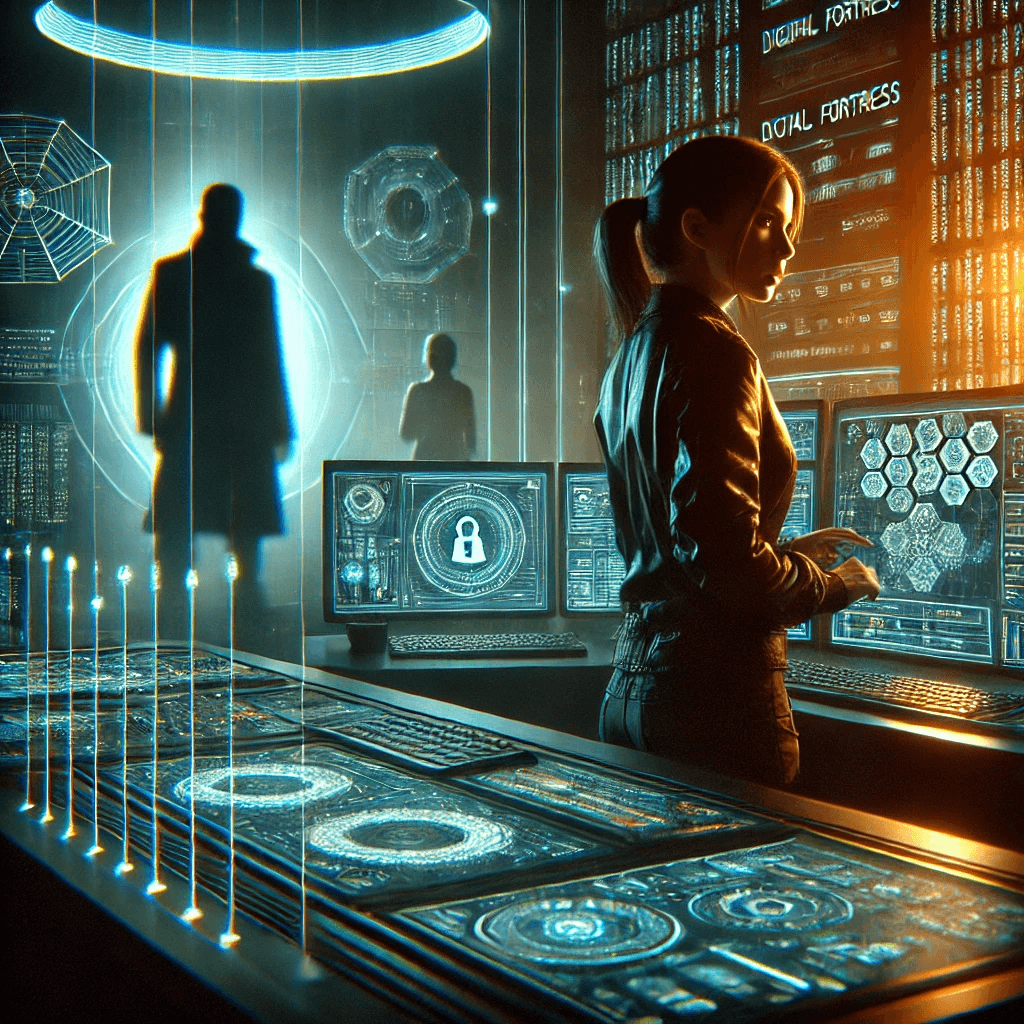Published in 2009, The Lost Symbol by Dan Brown is a thrilling continuation of Robert Langdon’s adventures, following Angels & Demons and The Da Vinci Code. Set within a single day, the novel explores the hidden world of Freemasonry, mysticism, and ancient secrets buried within Washington, D.C. Langdon is drawn into a race against time to solve cryptic puzzles and uncover a mystery that could reshape humanity’s understanding of knowledge and power.
Plot Summary
The winter air over Washington, D.C., carried a chill as Robert Langdon, a Harvard symbologist, arrived unexpectedly in the city. A summons from his mentor, Peter Solomon, had brought him there. Langdon anticipated a scholarly evening at the Capitol Building, but his expectations were shattered by a macabre sight—a severed hand marked with intricate tattoos displayed under the dome. It was Peter’s hand, pointing toward an enigmatic path.
The symbols on the hand spoke of ancient secrets guarded by the Freemasons, a fraternity Peter held dear. The trail began with a Masonic Pyramid, rumored to hold untold wisdom. A cryptic inscription hinted at a treasure concealed beneath layers of historical and mystical significance. The night turned ominous as Langdon was thrust into a world of cryptic puzzles, hidden symbols, and an adversary whose motives were as dark as the shadows he operated within.
That adversary was Mal’akh, a man whose body was adorned with tattoos chronicling his transformation into what he believed was a divine being. Mal’akh had orchestrated the events that led Langdon to Washington, weaving a web of deceit and manipulation to set his plan into motion. Mal’akh sought ultimate power and believed the ancient secrets within the Masonic Pyramid could grant him godlike ascension.
As Langdon delved deeper, he crossed paths with Katherine Solomon, Peter’s sister. Katherine, a brilliant scientist, was advancing a groundbreaking field known as Noetic Science. Her work explored the latent potential of human thought and consciousness, a connection to the ancient mysteries that lay at the heart of their quest. Katherine’s laboratory, a sanctuary for her experiments, became a target for Mal’akh, who sought to obliterate her research.
The two joined forces, navigating through Washington’s iconic landmarks, each hiding pieces of the puzzle. The Library of Congress, the National Cathedral, and the Capitol Building itself were steeped in Masonic lore. Langdon and Katherine deciphered ancient codes, translated cryptic texts, and unearthed hidden messages embedded in the city’s architecture. Each revelation brought them closer to understanding the Pyramid’s purpose and Mal’akh’s intentions.
Their every move, however, was shadowed by Mal’akh, who remained always one step ahead. His cunning mind and ruthless methods left a trail of destruction. Yet his most shocking revelation came when his true identity emerged—he was Zachary Solomon, Peter’s estranged son, thought to have died years earlier. Betrayal, greed, and vengeance had driven him to this moment, and his transformation into Mal’akh was both physical and spiritual.
Katherine’s heartbreak over her nephew’s descent into darkness only fueled her resolve. Guided by Peter’s teachings, she and Langdon pressed forward. Their journey took them to the heart of Freemasonry’s spiritual sanctuary, the House of the Temple, a building teeming with mysticism and historical resonance. There, the secrets of the Pyramid and Mal’akh’s grand design converged.
Mal’akh’s ultimate goal was to unveil the ancient knowledge contained within the Pyramid to the world, believing it would topple societal foundations and grant him eternal power. He sought to complete a ritual using Peter Solomon as both a witness and a sacrifice, forcing Langdon and Katherine to race against time to thwart his plan.
The final revelation was as profound as it was sobering. The Masonic Pyramid did not contain a destructive weapon or earth-shattering knowledge. Instead, it was a symbol—a reminder of humanity’s potential for enlightenment, a beacon calling individuals to seek wisdom and truth within themselves. Langdon and Katherine realized that the true treasure was not something to be exposed but something to be understood and safeguarded.
As dawn broke over Washington, the events of the night left their mark. The Solomon family’s bonds were tested but not broken. Katherine’s research held the promise of reshaping humanity’s understanding of itself, while Langdon departed with a renewed appreciation for the delicate balance between secrecy and revelation. The secrets of the Pyramid, steeped in history and mysticism, remained safe, waiting for a world ready to embrace their meaning
Main Characters
Robert Langdon: A Harvard symbologist and the story’s protagonist. Langdon is drawn into the heart of the Freemasonry’s hidden secrets after being summoned to Washington, D.C. His intelligence, curiosity, and vast knowledge of symbols drive the narrative as he deciphers a series of cryptic clues while under intense pressure.
Mal’akh: The antagonist of the novel, Mal’akh is a cunning and enigmatic figure with a deeply sinister agenda. His intricate tattoos and obsession with ancient knowledge make him a chilling presence. His manipulative and violent actions propel the plot’s suspense.
Katherine Solomon: A scientist specializing in Noetic Science and the sister of Peter Solomon. Katherine’s groundbreaking research ties into the overarching themes of human potential and interconnectedness. She becomes a key ally to Langdon as they navigate the dangers posed by Mal’akh.
Peter Solomon: A prominent Freemason and mentor to Langdon, Peter is the Secretary of the Smithsonian Institution. His abduction by Mal’akh sets the story in motion. Peter’s wisdom and connection to the Masonic order are central to unraveling the novel’s mysteries.
Inoue Sato: The director of the CIA’s Office of Security, Sato is a formidable and secretive figure. Her presence adds layers of tension and mistrust as she pursues her own agenda while working with Langdon and Katherine.
Theme
The Power of Knowledge: The novel emphasizes the transformative power of knowledge, particularly ancient wisdom. It delves into how symbols and secrets can preserve and pass down humanity’s most profound truths, reflecting on the potential for enlightenment or destruction.
Mysticism and Science: Through Katherine Solomon’s work in Noetic Science, the book explores the intersection of spirituality and science. It questions the boundaries of human potential and the latent capabilities of the mind.
The Legacy of Freemasonry: Freemasonry serves as both a historical backdrop and a narrative force. The rituals, symbols, and philosophies of the Masons are intricately woven into the plot, providing a lens through which the characters and readers explore faith, power, and secrecy.
Duality of Good and Evil: Mal’akh embodies the theme of duality, demonstrating how the same knowledge or power can be used for light or darkness. The book challenges readers to consider the moral responsibility that comes with wielding great power.
Writing Style and Tone
Dan Brown’s signature style shines in The Lost Symbol through his mastery of fast-paced, high-stakes storytelling. His prose is direct and accessible, employing short chapters that often end with cliffhangers to maintain a sense of urgency. The narrative is interspersed with historical and philosophical reflections, blending fact and fiction seamlessly to captivate readers.
The tone is suspenseful and intense, with moments of intellectual intrigue. Brown balances the novel’s action sequences with in-depth discussions of history, art, and science. His ability to create vivid, atmospheric descriptions of Washington, D.C., adds a layer of realism, grounding the fantastical elements of the story.
We hope this summary has sparked your interest and would appreciate you following Celsius 233 on social media:
There’s a treasure trove of other fascinating book summaries waiting for you. Check out our collection of stories that inspire, thrill, and provoke thought, just like this one by checking out the Book Shelf or the Library
Remember, while our summaries capture the essence, they can never replace the full experience of reading the book. If this summary intrigued you, consider diving into the complete story – buy the book and immerse yourself in the author’s original work.
If you want to request a book summary, click here.
When Saurabh is not working/watching football/reading books/traveling, you can reach him via Twitter/X, LinkedIn, or Threads
Restart reading!

